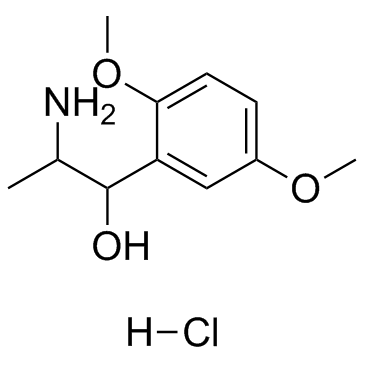Motor deficits and recovery in rats with unilateral spinal cord hemisection mimic the Brown-Sequard syndrome.
Linard Filli, Björn Zörner, Oliver Weinmann, Martin E Schwab
文献索引:Brain 134(Pt 8) , 2261-73, (2011)
全文:HTML全文
摘要
Cervical incomplete spinal cord injuries often lead to severe and persistent impairments of sensorimotor functions and are clinically the most frequent type of spinal cord injury. Understanding the motor impairments and the possible functional recovery of upper and lower extremities is of great importance. Animal models investigating motor dysfunction following cervical spinal cord injury are rare. We analysed the differential spontaneous recovery of fore- and hindlimb locomotion by detailed kinematic analysis in adult rats with unilateral C4/C5 hemisection, a lesion that leads to the Brown-Séquard syndrome in humans. The results showed disproportionately better performance of hindlimb compared with forelimb locomotion; hindlimb locomotion showed substantial recovery, whereas the ipsilesional forelimb remained in a very poor functional state. Such a differential motor recovery pattern is also known to occur in monkeys and in humans after similar spinal cord lesions. On the lesioned side, cortico-, rubro-, vestibulo- and reticulospinal tracts and the important modulatory serotonergic, dopaminergic and noradrenergic fibre systems were interrupted by the lesion. In an attempt to facilitate locomotion, different monoaminergic agonists were injected intrathecally. Injections of specific serotonergic and noradrenergic agonists in the chronic phase after the spinal cord lesion revealed remarkable, although mostly functionally negative, modulations of particular parameters of hindlimb locomotion. In contrast, forelimb locomotion was mostly unresponsive to these agonists. These results, therefore, show fundamental differences between fore- and hindlimb spinal motor circuitries and their functional dependence on remaining descending inputs and exogenous spinal excitation. Understanding these differences may help to develop future therapeutic strategies to improve upper and lower limb function in patients with incomplete cervical spinal cord injuries.
相关化合物
| 结构式 | 名称/CAS号 | 分子式 | 全部文献 |
|---|---|---|---|
 |
甲氧胺 盐酸盐
CAS:61-16-5 |
C11H18ClNO3 | |
![2-[1-哌嗪]喹啉马来酸盐 结构式](https://image.chemsrc.com/caspic/047/5786-68-5.png) |
2-[1-哌嗪]喹啉马来酸盐
CAS:5786-68-5 |
C17H19N3O4 |
|
Role of 5-HT7 receptors in the inhibition of the vasodepress...
2014-10-01 [Vascul. Pharmacol. 63(1) , 4-12, (2014)] |
|
Lipophilicity of amine neurotransmitter precursors, metaboli...
2014-10-01 [J. Chromatogr. Sci. 52(9) , 1095-103, (2014)] |
|
Mechanisms of vasorelaxation to gamma-mangostin in the rat a...
2012-12-01 [J. Med. Assoc. Thai. 95 Suppl 12 , S63-8, (2012)] |
|
Effects of Phikud Navakot extract on vascular reactivity in ...
2012-12-01 [J. Med. Assoc. Thai. 95 Suppl 12 , S1-7, (2012)] |
|
Gas chromatography time-of-flight mass spectrometry (GC-TOF-...
2014-01-01 [PLoS ONE 9(8) , e104621, (2014)] |